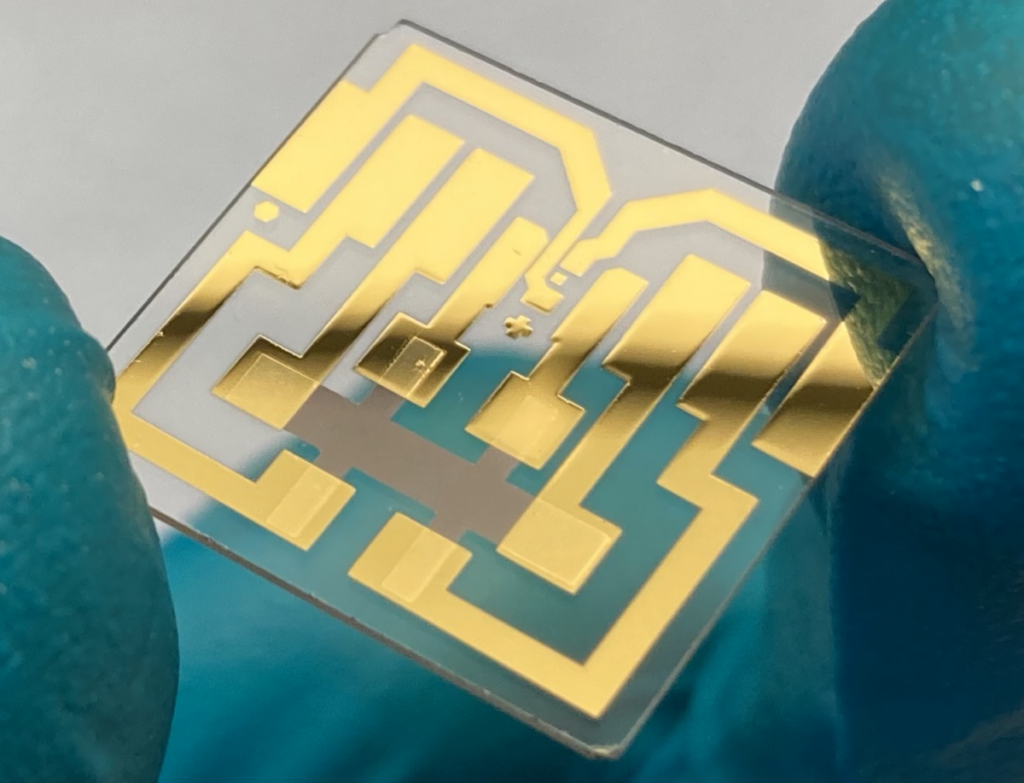Danish researchers have analyzed fundamental material properties of Selenium solar cells and have discovered that their potentially is higher than is generally assumed. They used the Carrier dissolved photo-hall analysis to tackle discrepancies and to reproduce the experimental power drainage and external quantity efficiency measurements.
A group of scientists from the Technical University of Denmark has carried out a series of simulations to understand the Opto -electronic properties and drag dynamics of selenium solar cells and have discovered that Mobility for carriers in Selenium are considerably promising than general thinking.
“This time we went one step further by trying to explain where the photovoltaic losses and intrinsic limitations are,” said the main author of the research, Rasmus Nielsen, said PV -Magazine. “In addition, we used the career -solved photo analysis by the carrier to understand how both carrying mobility, lifetime and densities of both holes and mobility change while we shine slightly on the celabsorbger.”
The research group used this new technique with a wide range of various advanced characterization techniques, with one important goal: reproduce experimental power density (JV) and external quantum efficiency (EQE) measurements with the help of equipment simulations.
“But to be successful, we must reliably extract information about both load carriers,” Nielsen said. “In the end we were successful, with The results showing that the mobility of the carriers in Selenium are considerably more promising than expected, which suggests that the intrinsic opto -electronic properties are indeed much better than what previous studies have suggested. This stimulates the photovoltaic performance potential of this simple absorber material, which is indeed complicated to fully understand. “
In the study “Variable temperature and by the carriers dissolved photo-hall measurements of high-quality Selenium Dunne film solar cells“Which was recently published in APSNielsen and his colleagues explained that the photo-hall technique dissolved by the carrier makes it possible to obtain the mobility and concentration of both the majority and minority carriers at the same time, which is especially beneficial for optimizing new materials for solar cells or opto-electronics devices.
For his experiment, the research team used a bar of six terminal hall with an active area of 2 mm × 4 mm and a film thickness of 0.30 µm. The beam was devised to minimize the influence of voltage drops and to improve the accuracy of the neck tension measurements. “The Selenium Hall-Balk was manufactured on melted quartz substrates using an internal process flow that has been optimized for powerful selenium thin-film solar cells,” it further explained. “The resulting polycrystalline selenium thin film shows large granules.”
The analyzes showed that porter’s properties can be influenced by strong surface -room effects, and that recombination -lifetime “seems to be” high. These results were attached by a series of simulations performed with standard electric characterization techniques on a selenium thin film solar cell that the scientists have built parallel to the Hall Bar.
“Our simulations suggest that the effective lifespan of the wearer that is relevant to photovoltaic effect is in the Picosecon range, instead of the previously reported Nanosecond -Basin, and the bulk mobility are significantly higher than previous estimates that are derived from temporary Thz -Spectroscopy,” “” “” “” ” “We attribute this discrepancy to the delay of 0.5 NS Pompprobe in the THZ experiment, which therefore measures the mobility sum of the already localized, short-term carriers.”
They added that this discovery implies a high intrinsic photovoltaic performance potential for selenium photo sorters and that the defect technology will be needed to reduce non -radiating recombination losses and achieve selenium cells with a higher efficiency.
The same research group presented in December 2022 A 0.30 cm2 Selenium solar cell with a world record open circuit voltage of 0.99 V. A few months later it showed a Selenium Solar Cell built with laser-anal analysis of a record fill factor of 63.7%
This content is protected by copyright and may not be reused. If you want to work with us and reuse part of our content, please contact: editors@pv-magazine.com.

